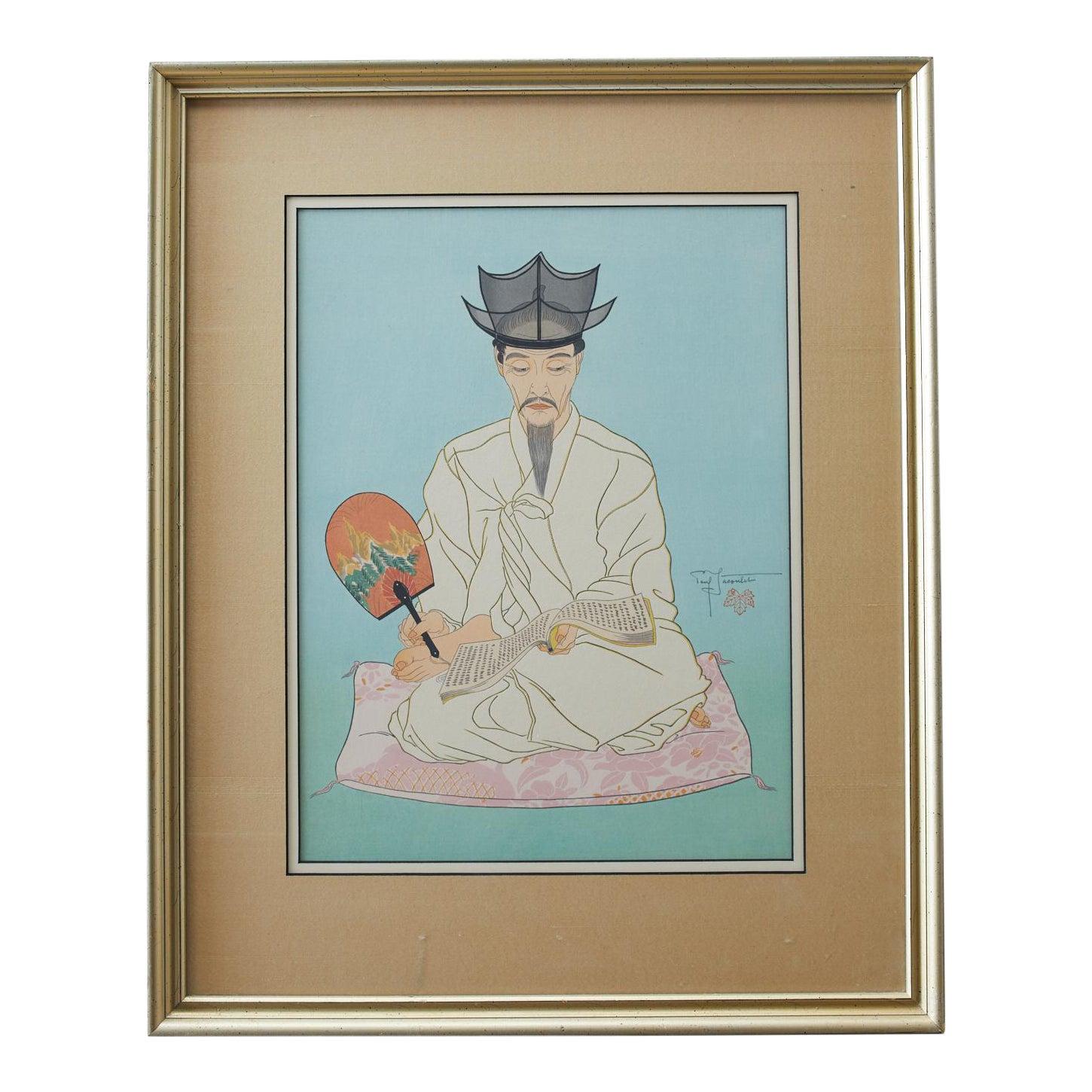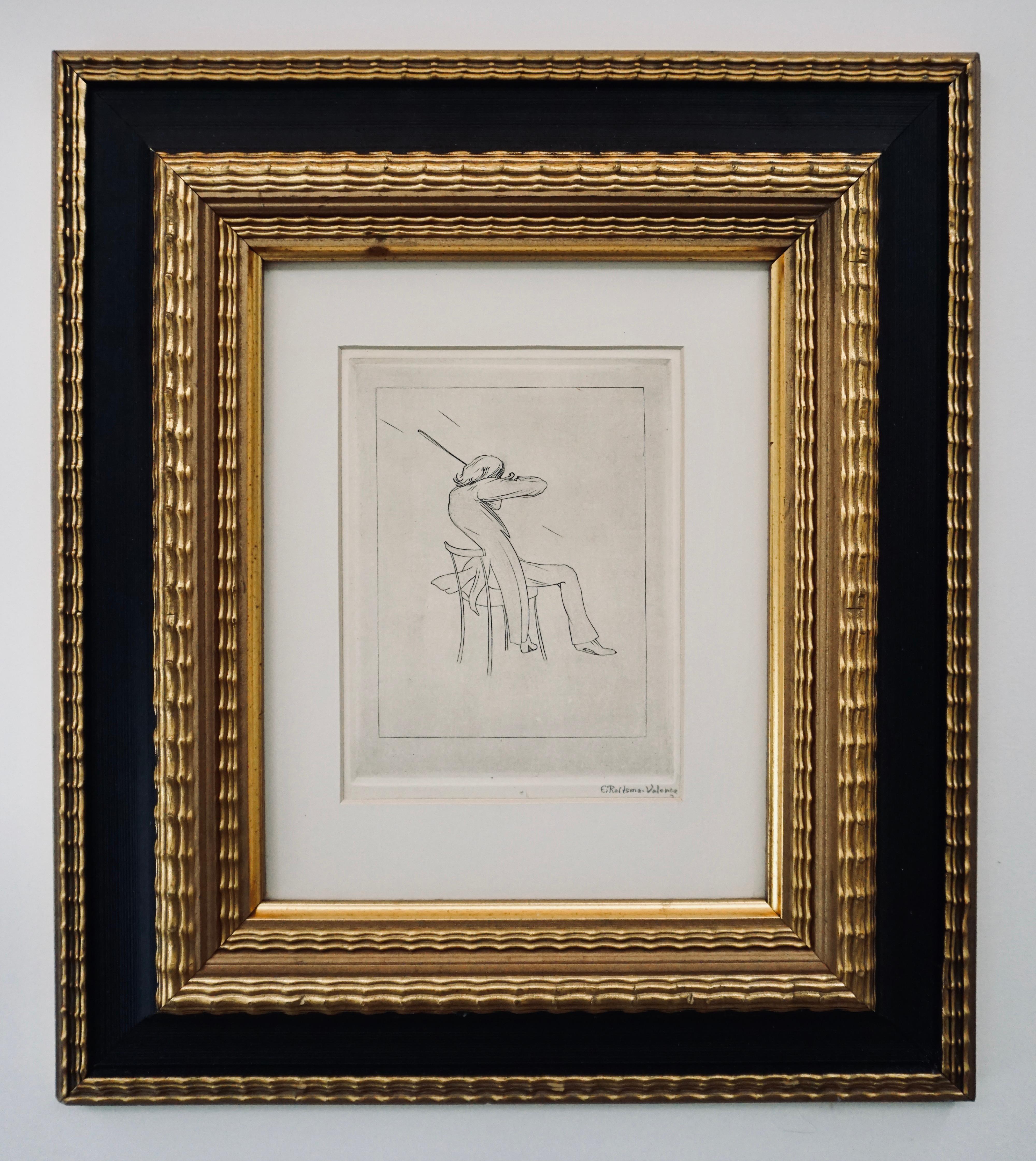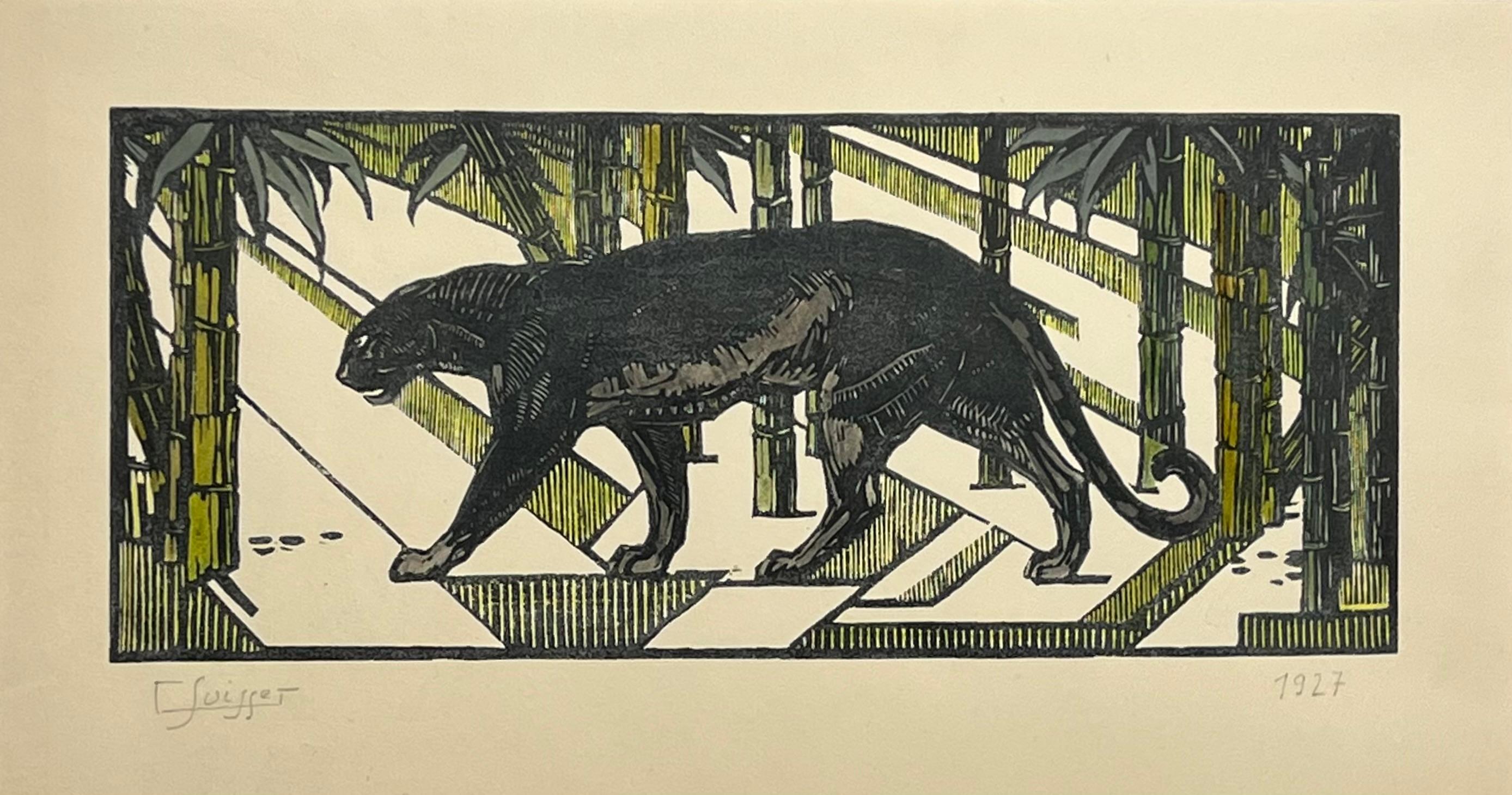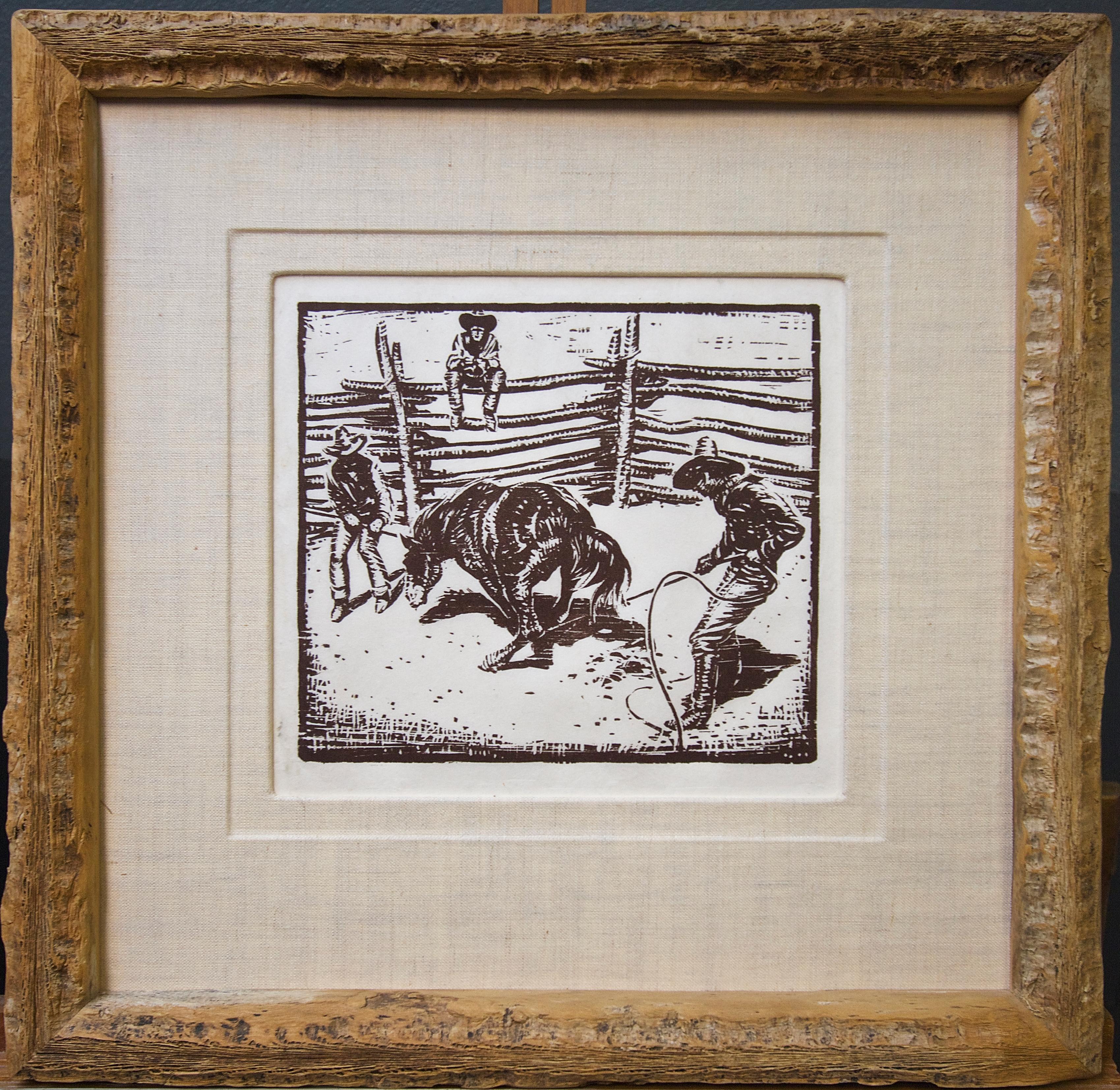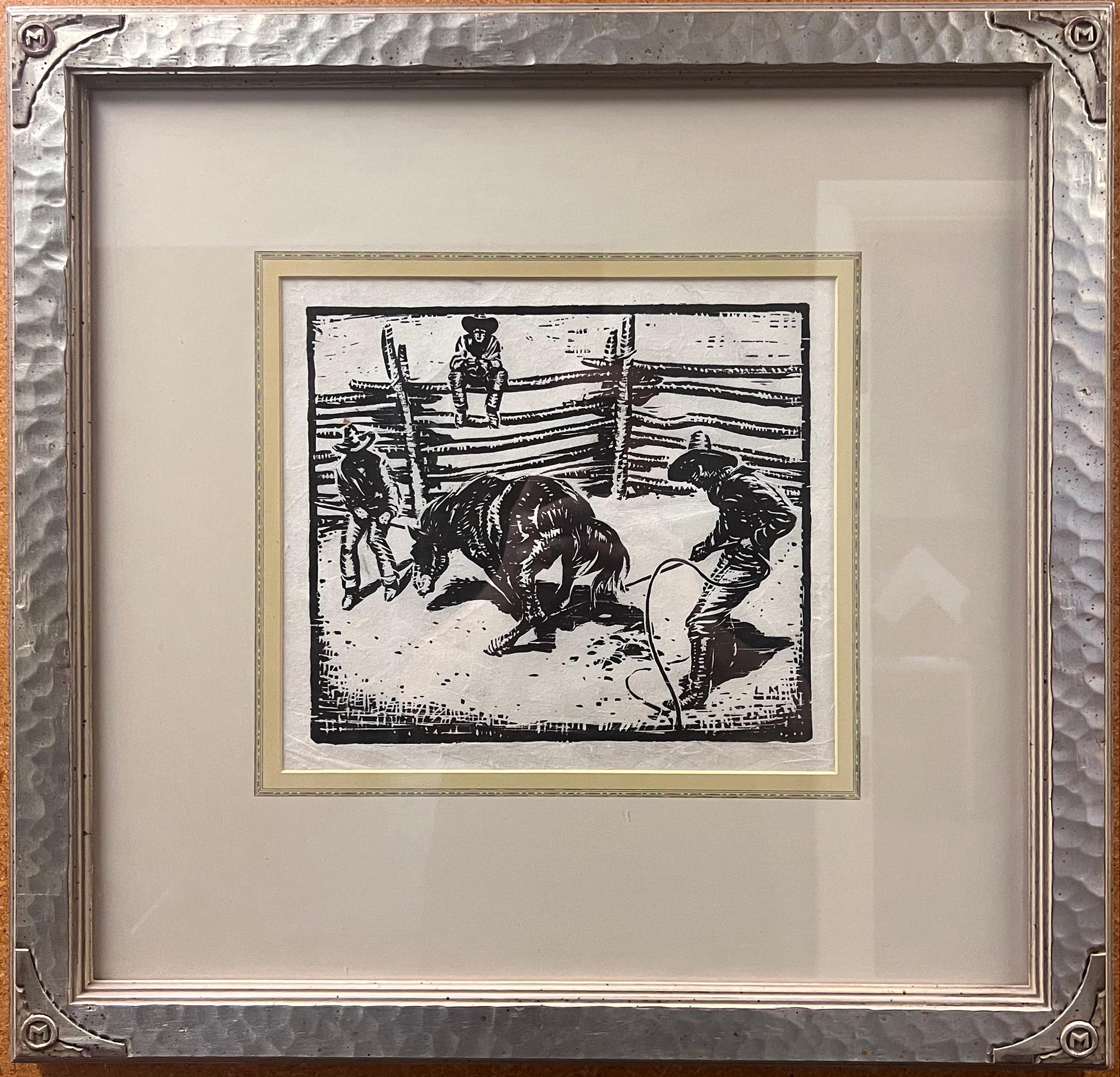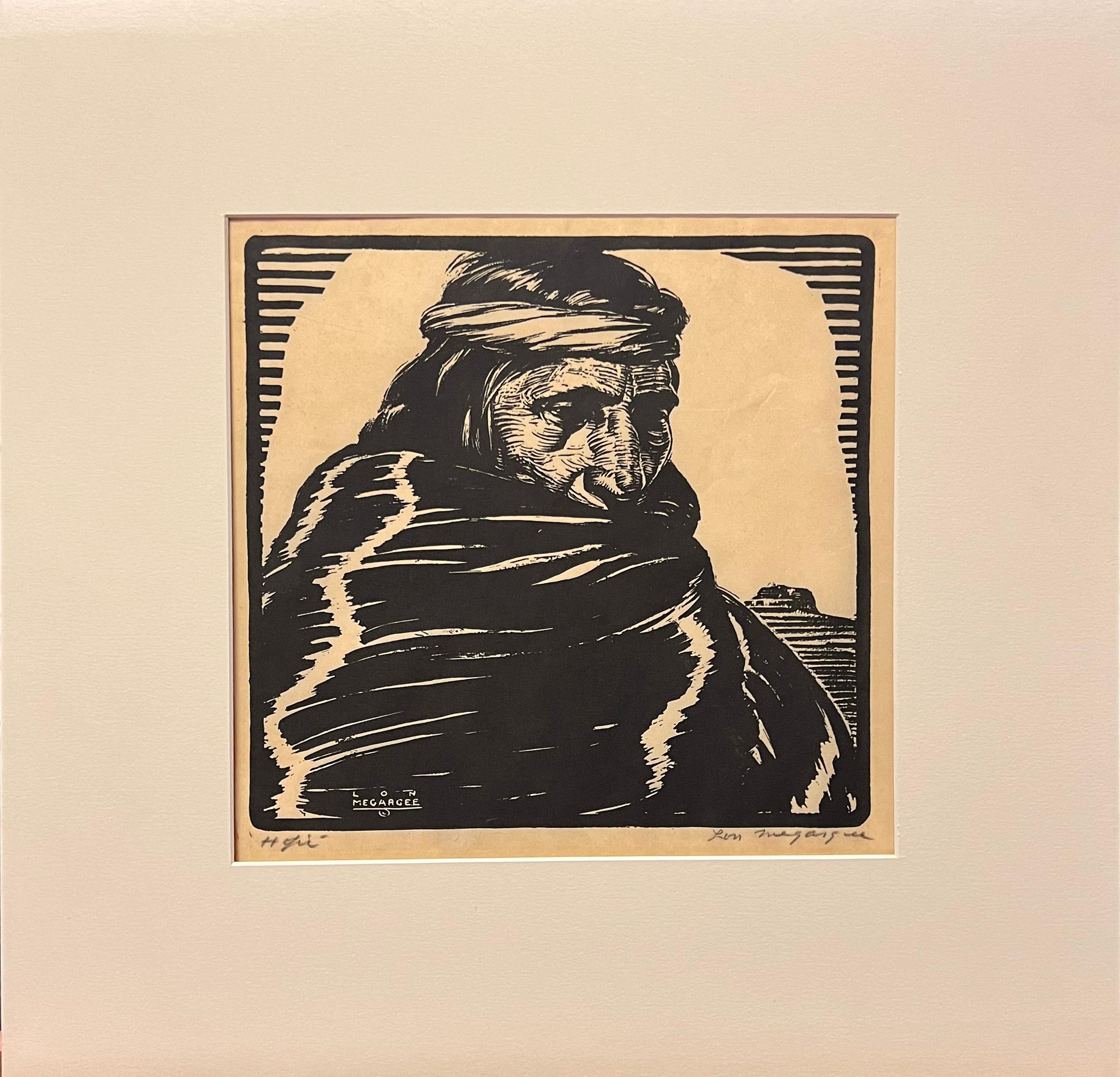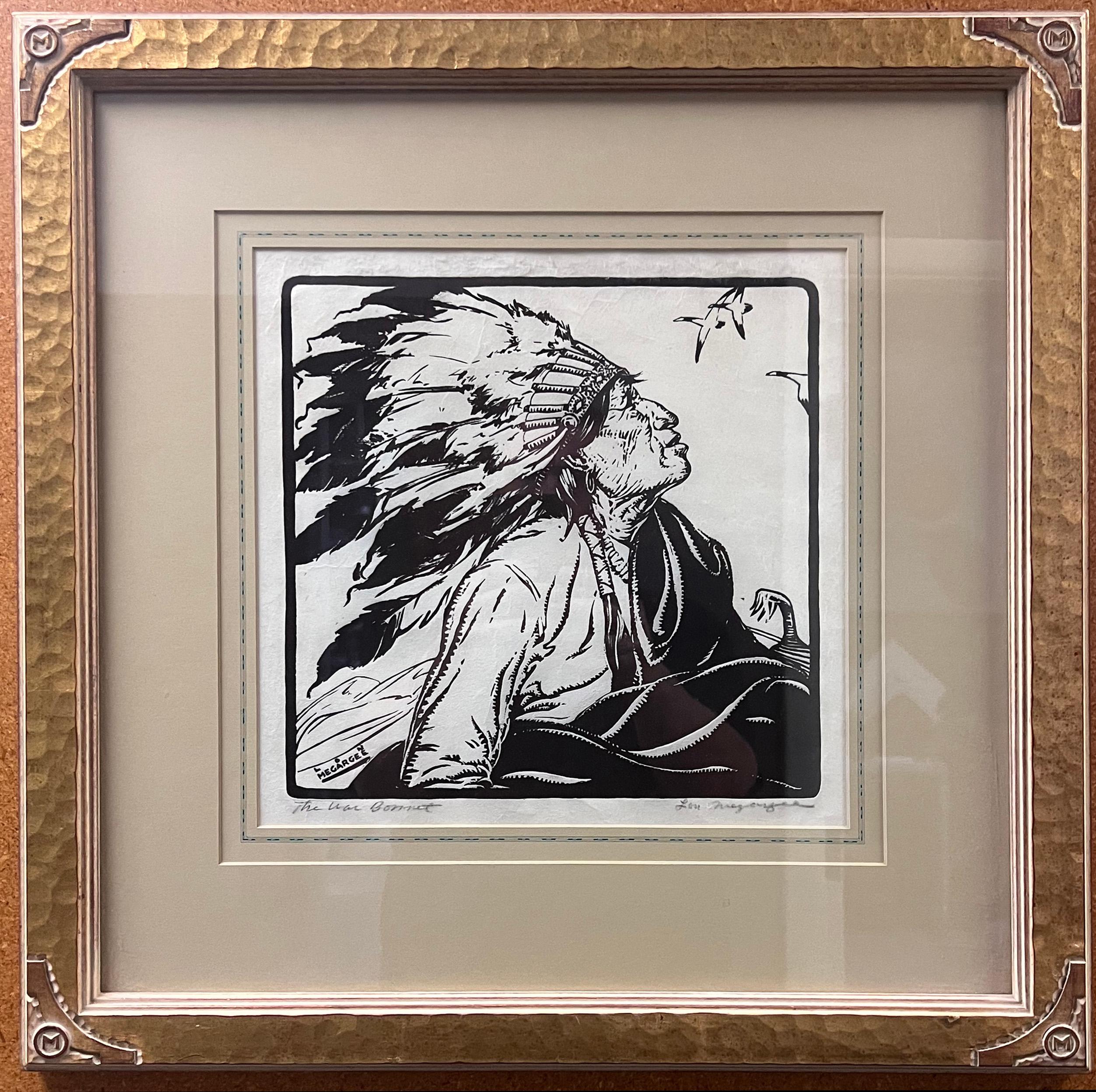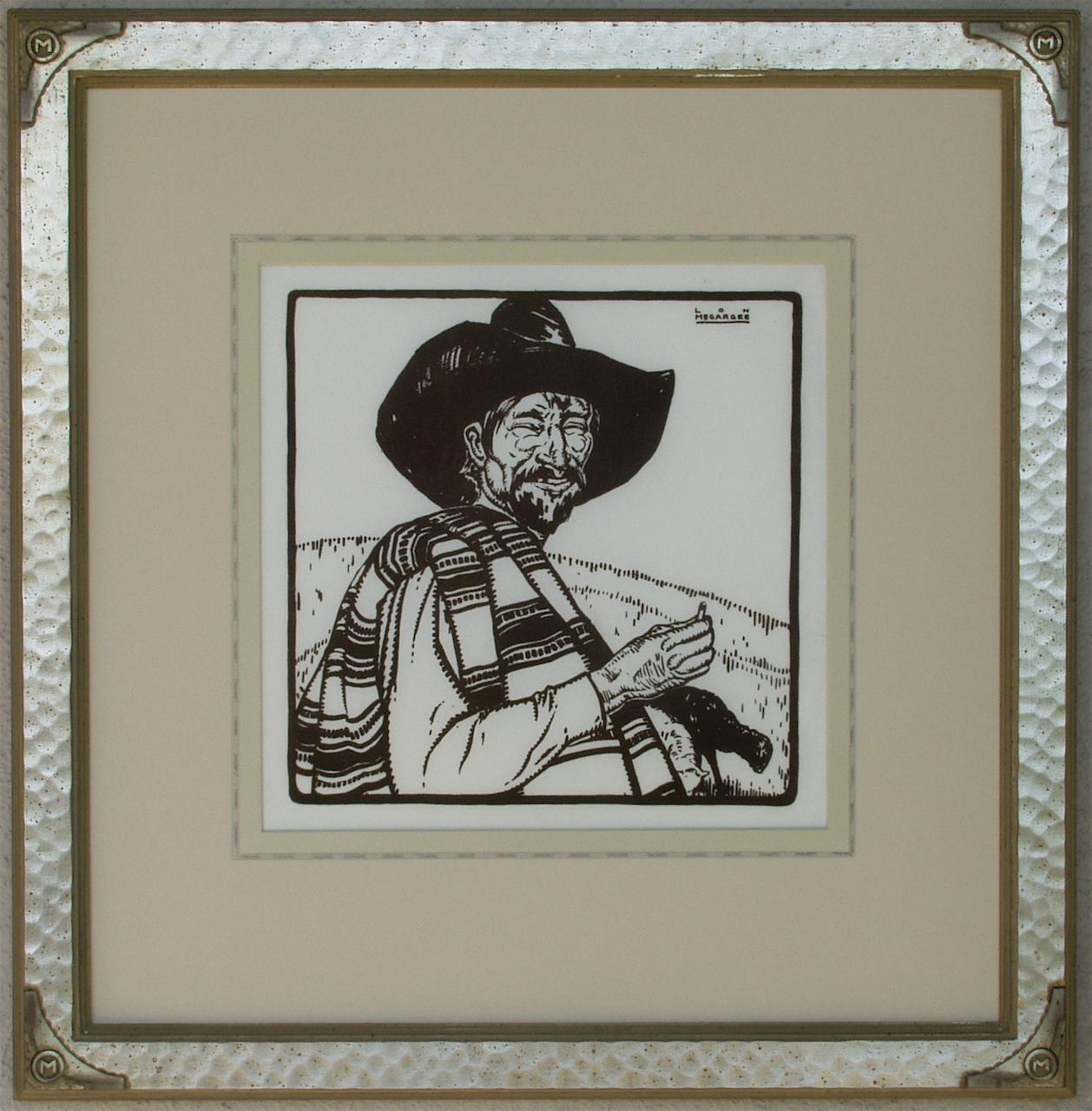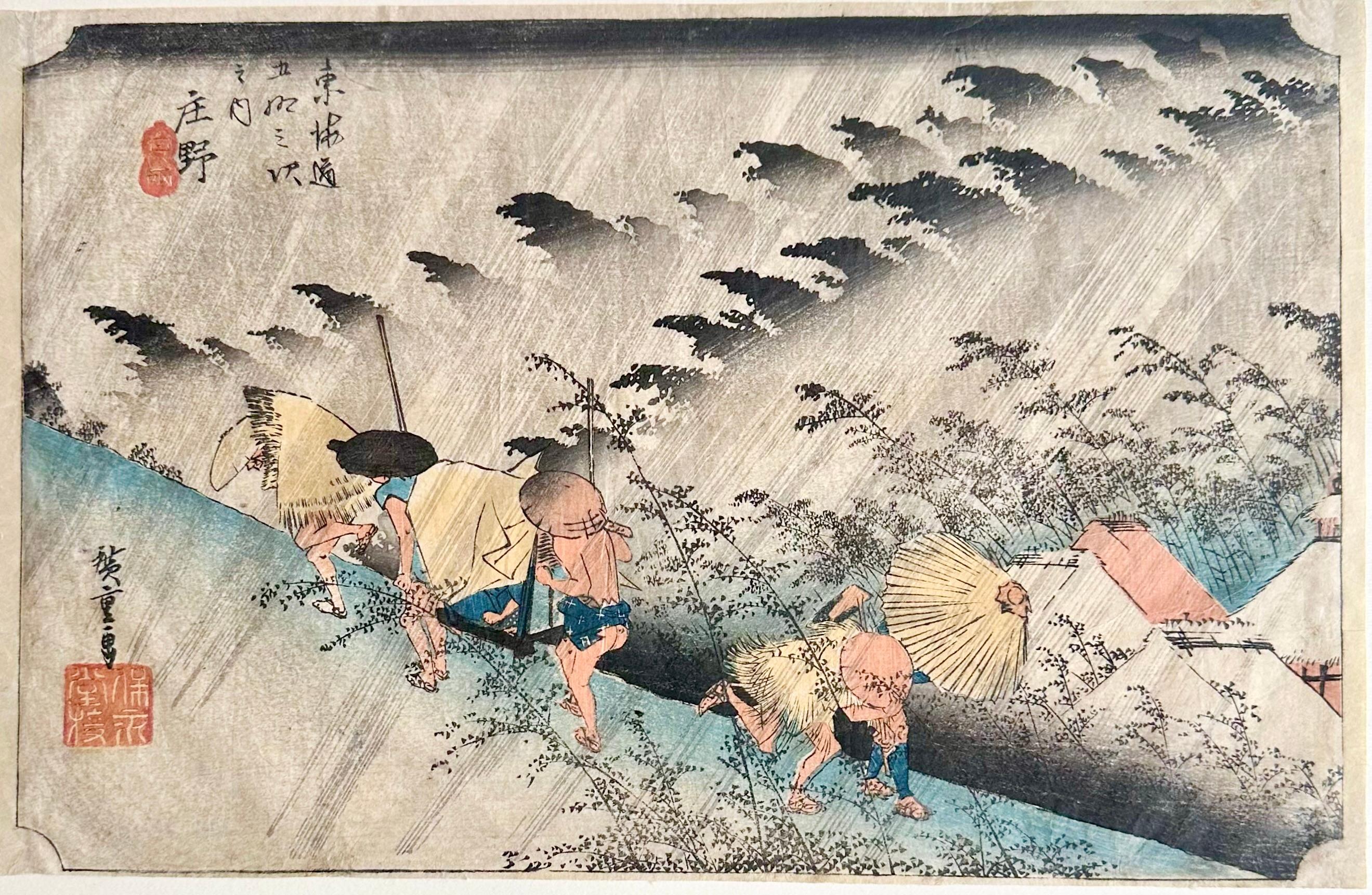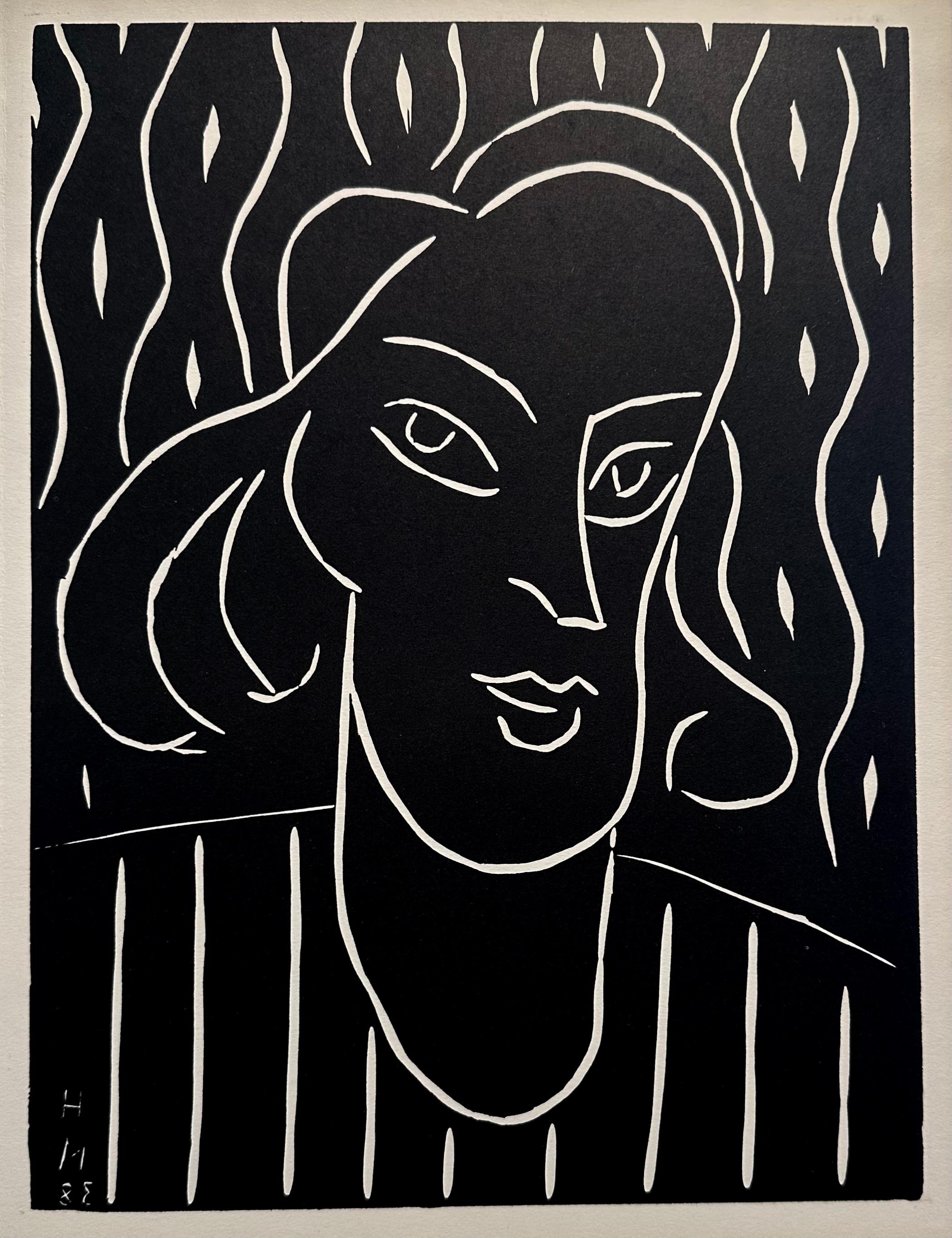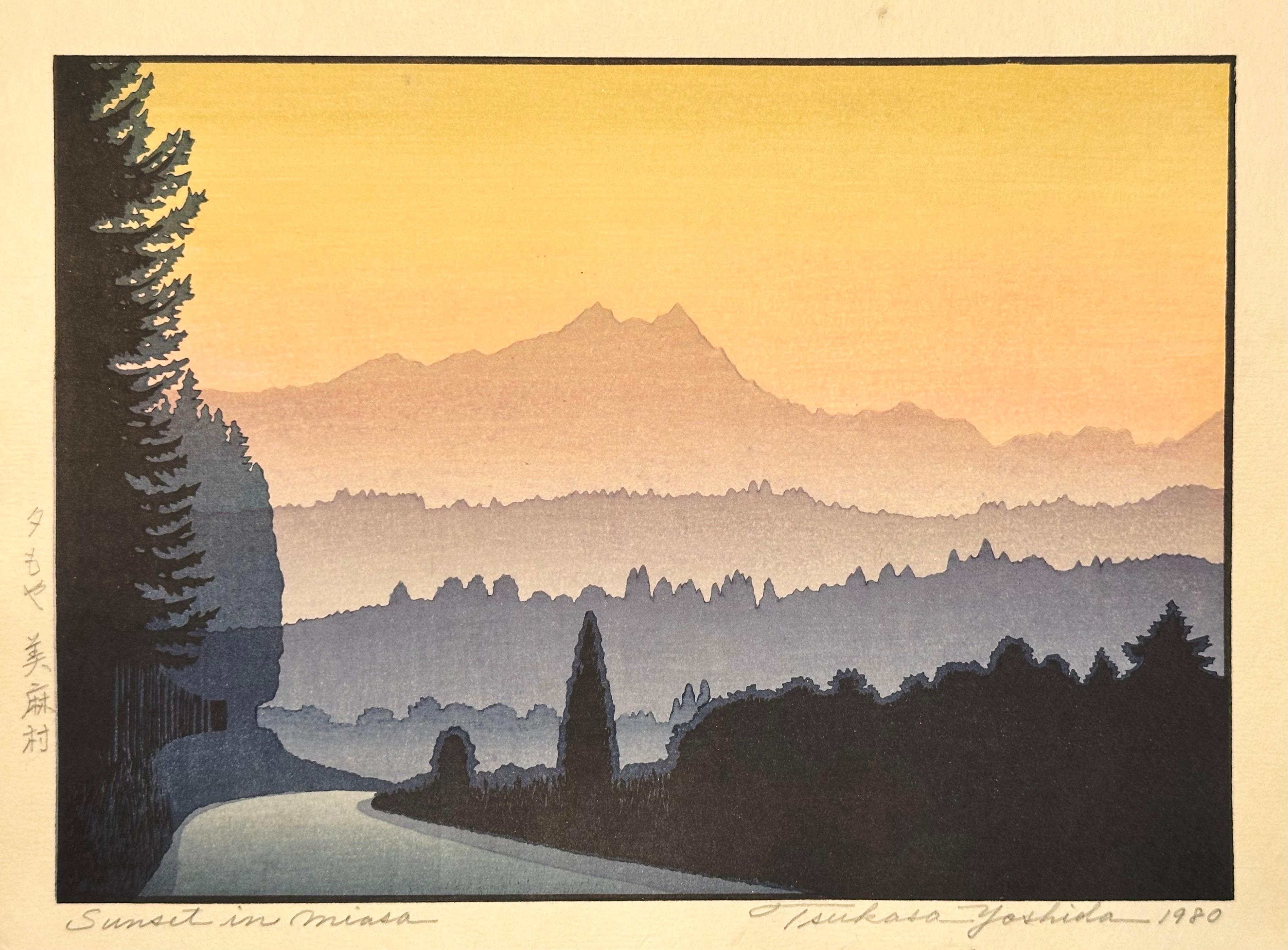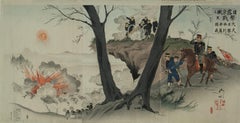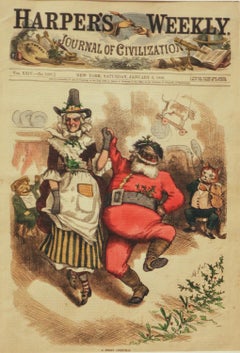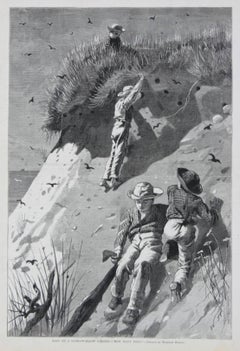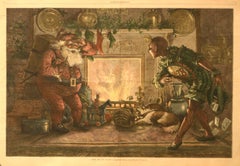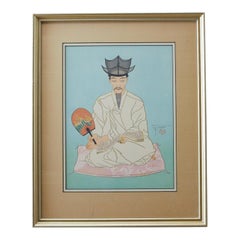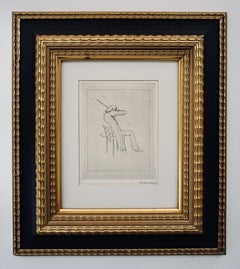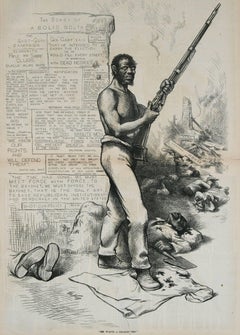
He Wants a Change Too, from "Harper's Weekly"
View Similar Items
Want more images or videos?
Request additional images or videos from the seller
1 of 5
Thomas NastHe Wants a Change Too, from "Harper's Weekly"1876
1876
$250List Price
About the Item
About the Seller
4.9
Vetted Professional Seller
Every seller passes strict standards for authenticity and reliability
Established in 1978
1stDibs seller since 2017
123 sales on 1stDibs
Typical response time: 4 hours
Authenticity Guarantee
In the unlikely event there’s an issue with an item’s authenticity, contact us within 1 year for a full refund. DetailsMoney-Back Guarantee
If your item is not as described, is damaged in transit, or does not arrive, contact us within 7 days for a full refund. Details24-Hour Cancellation
You have a 24-hour grace period in which to reconsider your purchase, with no questions asked.Vetted Professional Sellers
Our world-class sellers must adhere to strict standards for service and quality, maintaining the integrity of our listings.Price-Match Guarantee
If you find that a seller listed the same item for a lower price elsewhere, we’ll match it.Trusted Global Delivery
Our best-in-class carrier network provides specialized shipping options worldwide, including custom delivery.More From This Seller
View AllA Fierce Battle at Seoul by Kokunimasa (Ryukel ) woodblock tryptich 1904
By Utagawa Kokunimasa
Located in Paonia, CO
A Fierce Battle at Seoul by Kokunimasa ( also known as Ryukel ) is a woodblock tryptich from 1904 in good condition. Utagawa Kokunimasa (1874-1944) was a woodblock artist fro...
Category
Early 1900s Other Art Style Figurative Prints
Materials
Woodcut
A Merry Christmas original wood engraving by Thomas Nast 1880
By (After) Thomas Cole
Located in Paonia, CO
Thomas Nast is one of America’s great illustrators and is responsible for creating the image of Santa Claus as we know him today. This is a hand-colored wood engraving from the cover...
Category
1880s Other Art Style Figurative Prints
Materials
Woodcut
Raid on a Sand-Swallow Colony How Many Eggs? After Winslow Homer wood engraving
By Winslow Homer
Located in Paonia, CO
Raid On A Sand-Swallow Colony " How Many Eggs?" is an original wood engraving from Harper’s Weekly June 13, 1874 in very good condition.
One of Am...
Category
1870s Figurative Prints
Materials
Woodcut
Here We Are Again by Thomas Nast 1878 Harpers Weekly centerfold
By Thomas Nast
Located in Paonia, CO
Here we go again is an original hand colored wood engraving from a January 1878 Harpers Weekly. Here we see Thomas Nast's ever enduring interpretation of Santa Clause modeled from Clement Moore's Visit from Saint Nicholas. Drawing inspiration from his native German Saint Nicholas, Nast helped the American people believe in a Santa Clause who kindness and generosity brought with it elves, reindeer pulling sleds, Santas workshop, using chimneys...
Category
1870s Figurative Prints
Materials
Woodcut
Fisherman Three 1939 original signed etching by John E. Costigan
By John Edward Costigan
Located in Paonia, CO
Fisherman Three is an original 1939 signed etching by the American artist John E. Costigan
( 1888-1972 ) a self-taught painter and printmaker. The locale for Costigan...
Category
Mid-20th Century Other Art Style Figurative Prints
Materials
Etching
Gymkhana Umbrella Races Rockaway Hunting Club 1890 Sporting Incidents
Located in Paonia, CO
Gymkhana Umbrella Races Rockaway Hunting Club is from the portfolio entitled Sporting Incidents: Being a Collection of sixteen plates done in color..representing the most important events of the track...
Category
1890s American Impressionist Animal Prints
Materials
Color
You May Also Like
Le Vieux Manuscrits, Coree-Seoul
By Paul Jacoulet
Located in Rio Vista, CA
Fascinating artwork titled Le Vieux manusrits (old writings Seoul Korea) by Paul Jacoulet. (French-Japanese 1896-1960) finely crafted with lovely graduating background color blue to light green. Depicts a figure seated on a pink pillow wearing a Korean hat...
Category
20th Century Realist Figurative Prints
Materials
Woodcut
Violinist
Located in Berlin, MD
Engelina (Engelien) Reitsma-Valença (3 May 1889 - 11 July 1981) Amsterdam, Netherland. The portrait is of a violinist playing what appears to be an enervating piece. An engraver, st...
Category
Early 20th Century Art Deco Figurative Prints
Materials
Woodcut
EROTIC DREAM, Woodcut, Limited Edition, signed by the Artist
Located in Palm Desert, CA
"EROTIC DREAM" (1976) by Norbert Matzdorf
Woodcut print on paper
Limited Edition, numbered (10.3), dated and hand-signed by the artist
27,9 x 38,3 cm
Norbert Matzdorf (1951 – 2013) ...
Category
1970s Figurative Prints
Materials
Paper, Woodcut
Art deco handcolored woodcut on paper - Walking black panther by Gaston Suisse
Located in Les Acacias GE, GE
Gaston Suisse (1896-1988)
Panthère noire dans les bambous, 1927
Gravure sur bois, sur papier Velin de Van Gelder.
Rehaussé aux lavis d’encre de Chine par l’artiste
Signé en bas à gauche et daté 1927 en bas à droite
Black panther in a forest of bamboos, 1927
A handcolored woodcut on Velin de Van Gelder paper
Signed and dated 1927
Bibliographie /Literature
Gaston Suisse, splendeur du laque art déco. Emmanuel Bréon. Somogy Éditions d'art, Paris 2013, reproduite page 105 (un autre exemplaire reproduit)
The artist made a wood engraving of which he made about twenty prints himself.
These proofs were not marketed as is, Gaston Suisse reworked each of the proofs using Indian ink washes in order to obtain different effects for each proof, which are thus unique original works.
Born in 1896 in a family of artists, his father Georges was a close friend of Siegfried Bing and a great lover of Japanese art and a bibliophile. He passed his taste for art to his son whom he often took to draw at the Botanic Garden . Around 1910, Gaston Suisse, who hasn't entered yet the artistic school, met Paul Jouve, then 18 years his elder, who was already famous.
In 1911, at the age of 17, he entered the National School of Decorative Art where he followed the teachings of Paul Renouard. Thanks to his knowledge and taste for the Japanese art, he chose lacquer painting as his specialty. His practice of this noble and demanding subject were so much appreciated that he was awarded with two gold medals in 1913 and 1914. Mobilized during the war , he joined the army and go in Salonika where he found his friend Jouve. In 1918, he finished his studies at the School of Applied Arts in order to perfect his training. He learned in particular the techniques of gilding and oxidation of metals. The first productions of Gaston Suisse, furniture and objects in lacquer with geometrical patterns, were an instant success and Suisse was appointed as member of Salon d'Automne in 1924, the very year of his first exhibition. Considered as an artist-decorator, his sincere and deep friendship with Jouve linked him in parallel with the groups of the animaliers of the Jardin des Plantes and became a close friend of Edouard-Marcel Sandoz. When travelling to Maghreb and Middle-East between 1923 and 1925, he produced numerous drawings representing antelopes, apes and fennec foxes...
Category
1920s Art Deco Animal Prints
Materials
India Ink, Woodcut
Hopi by Lon Megargee, Original Signed Block Print ca. 1920s
Located in Phoenix, AZ
Title: Hopi ca. 1920s
Artist: Lon Megargee
Medium: Block Print
Size: 11 x 11 inches (Sight Measurement)
SHIPPING CHARGES INCLUDE SHIPPING, PACKAGING & INSURANCE
Creator of Stetson's hat logo "Last Drop from his Hat"
Image of Lon Megargee not included in purchase.
Lon Megargee
1883 - 1960
At age 13, Lon Megargee came to Phoenix in 1896 following the death of his father in Philadelphia. For several years he resided with relatives while working at an uncle’s dairy farm and at odd jobs. He returned to Philadelphia in 1898 – 1899 in order to attend drawing classes at the Pennsylvania Academy of the Fine Arts. Back in Phoenix in 1899, he decided at the age of 16 to try to make his living as a cowboy.
Lon moved to the cow country of Wickenburg, Arizona where he was hired by Tex Singleton’s Bull Ranch. He later joined the Three Bar R. . . and after a few years, was offered a job by Billy Cook of the T.T. Ranch near New River. By 1906, Megargee had learned his trade well enough to be made foreman of Cook’s outfit.
Never shy about taking risks, Lon soon left Cook to try his own hand at ranching. He partnered with a cowpuncher buddy, Tom Cavness, to start the El Rancho Cinco Uno at New River. Unfortunately, the young partners could not foresee a three-year drought that would parch Arizona, costing them their stock and then their hard-earned ranch.
Breaking with his romantic vision of cowboy life, Megargee finally turned to art full time. He again enrolled at the Pennsylvania Academy of Art and then the Los Angeles School of Art and Design during 1909 – 1910. The now well-trained student took his first trip to paint “en plein air” (outdoors) to the land of Hopi and Navajo peoples in northern Arizona. After entering paintings from this trip in the annual Territorial Fair at Phoenix, in 1911, he surprisingly sold his first oil painting to a major enterprise – the Santa Fe Railroad . . . Lon received $50 for “Navajos Watching the Santa Fe Train.” He soon sold the SFRR ten paintings over the next two years. For forty years the railroad was his most important client, purchasing its last painting from him in 1953.
In a major stroke of good fortune during his early plein-air period, Megargee had the opportunity to paint with premier artist, William R. Leigh (1866 – 1955). Leigh furnished needed tutoring and counseling, and his bright, impressionistic palette served to enhance the junior artist’s sense of color and paint application. In a remarkable display of unabashed confidence and personable salesmanship, Lon Megargee, at age 30, forever linked his name with Arizona art history. Despite the possibility of competition from better known and more senior artists, he persuaded Governor George Hunt and the Legislature in 1913 to approve 15 large, historic and iconic murals for the State Capitol Building in Phoenix. After completing the murals in 1914, he was paid the then princely sum of roughly $4000. His Arizona statehood commission would launch Lon to considerable prominence at a very early point in his art career.
Following a few years of art schooling in Los Angeles, and several stints as an art director with movie studios, including Paramount, Megargee turned in part to cover illustrations for popular Western story magazines in the 1920s.
In the 1920s, as well, Lon began making black and white prints of Western types and of genre scenes from woodblocks. These prints he generally signed and sold singly. In 1933, he published a limited edition, signed and hard-cover book (about 250 copies and today rare)containing a group of 28 woodblock images. Titled “The Cowboy Builds a Loop,” the prints are noteworthy for strong design, excellent draftsmanship, humanistic and narrative content, and quality. Subjects include Southwest Indians and cowboys, Hispanic men and women, cattle, horses, burros, pioneers, trappers, sheepherders, horse traders, squaw men and ranch polo players. Megargee had a very advanced design sense for simplicity and boldness which he demonstrated in how he used line and form. His strengths included outstanding gestural (action) art and strong figurative work. He was superb in design, originality and drawing, as a study of his prints in the Hays collection reveals.
In 1944, he published a second group of Western prints under the same title as the first. Reduced to 16 images from the original 28 subjects, and slightly smaller, Lon produced these prints in brown ink on a heavy, cream-colored stock. He designed a sturdy cardboard folio to hold each set. For the remainder of his life, Lon had success selling these portfolios to museum stores, art fairs and shows, and to the few galleries then selling Western art.
Drawing on real working and life experiences, Lon Megargee had a comprehensive knowledge, understanding and sensitivity for Southwestern subject matter. Noted American modernist, Lew Davis...
Category
1920s American Impressionist Figurative Prints
Materials
Woodcut
Bronc by Lon Megargee, Woodblock Print ca. 1920s with Handmade Saguaro Rib Frame
Located in Phoenix, AZ
SHIPPING CHARGES INCLUDE SHIPPING, PACKAGING & **INSURANCE**
Bronc by Lon Megargee, Woodblock Print ca. 1920s
Handmade Saguaro Rib Frame, double linen mat, museum archival materials
Bronc
Woodblock Print, signed in print
Image: 8 3/4 x 9 7/8 inches
Frame: 21 x 20 inches
SHIPPING CHARGES INCLUDES, SHIPPING, PACKAGING & INSURANCE
FINE ART ESTATE OF LON MEGARGEE
Megargee Custom Handmade Saguaro Frame
We offer signed in print and original signature block prints. Custom, hand carved, signature frames, with archival standards and a speciality in hand dyed mats and french matting are provided for a beautiful and timeless presentation.
Free shipping Continental US
Biography
Megargee explored different mediums; printmaking captivated him in particular. The contrast of the black and white block print method captured perfectly his interpretation of a bold American West. The first print was produced around 1921 and culminated with the creation of “The Cowboy Builds a Loop” in 1933 with 28 images and poetry by his friend, Roy George. Megargee continued producing prints throughout the 1940s and early 50s.
Creator of the iconic logo for the Stetson Hat Company, " Last Drop From his Stetson", still in use today.
Fine Art Estate of Lon Megargee
At age 13, Lon Megargee came to Phoenix in 1896 following the death of his father in Philadelphia. For several years he resided with relatives while working at an uncle’s dairy farm and at odd jobs. He returned to Philadelphia in 1898 – 1899 in order to attend drawing classes at the Pennsylvania Academy of the Fine Arts. Back in Phoenix in 1899, he decided at the age of 16 to try to make his living as a cowboy. Lon moved to the cow country of Wickenburg where he was hired by Tex Singleton’s Bull Ranch. He later joined the Three Bar Ranch . . . and, after a few years, was offered a job by Billy Cook...
Category
Early 20th Century Figurative Prints
Materials
Woodcut
